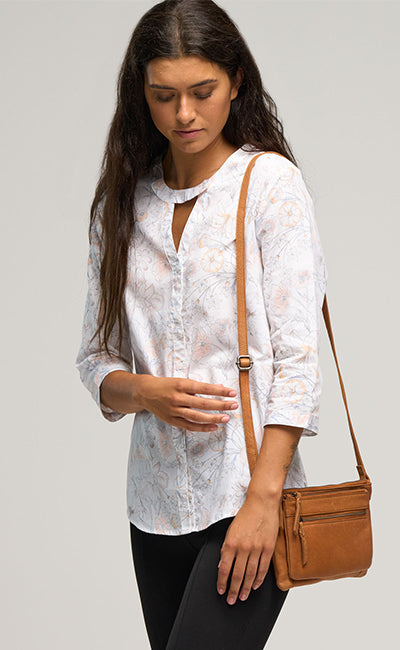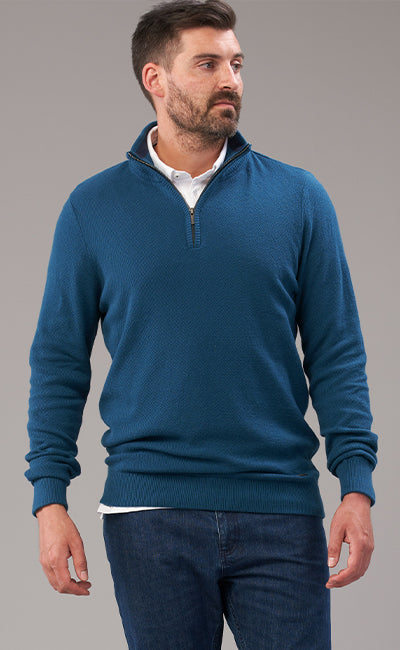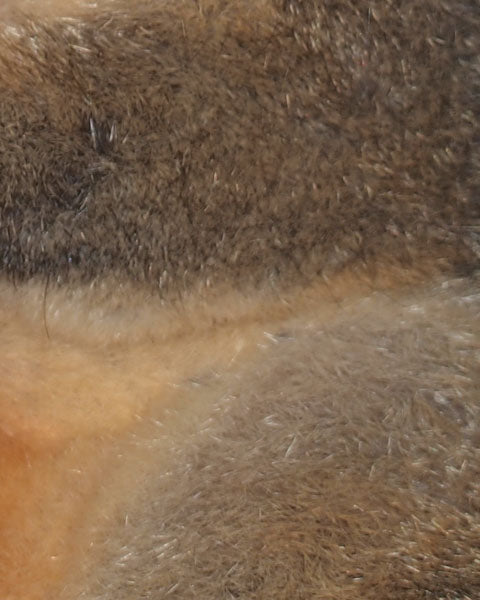 |
THE POSSUM FUR TRADE Native to Australia, where they are now protected, brush-tailed possums were first introduced to New Zealand in 1837 to jump-start the Possum fur trade. Possums gained a permanent foothold here by 1858. Finding abundant food and no natural predators, they have never looked back. |
|
AN ETHICAL FUR CHOICE?
Today possums occupy nearly 99% of the country and are poised to “take a stranglehold” on the last possum-free scrap of land in New Zealand, the area of Fiordland. New Zealand’s environment is defenceless against invasive animals like possums, because it evolved in isolation over the last 65 million years. Most people can appreciate that Possums are not just being farmed for their fur and that the sale of Possum fur goods is helping control a national pest in New Zealand. |
 |
 |
A NATURAL FIBRE Possum fur has very fine, hollow fibres which add to its insulation properties. Polar bears have a similar fur demonstrating how effective a hollow fibre is at warmth retention against the cold. Being a natural fibre Possum fur also absorbs moisture well, drawing it away from the body into the centre of the fibre. |
|
INCREDIBLY WARM According to some sources, Possum fur is 8% warmer and 14% lighter than wool. |
 |
 |
100% NATURAL Not only is Possum fur incredibly soft, it also has therapeutic benefits. Research shows an enzyme in the fibres can help prevent skin conditions like eczema. And because it is a 100% natural product, there are no chemicals coming into contact with your skin. |





